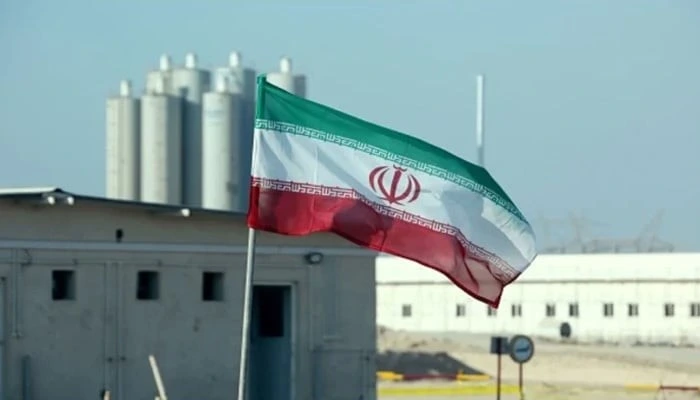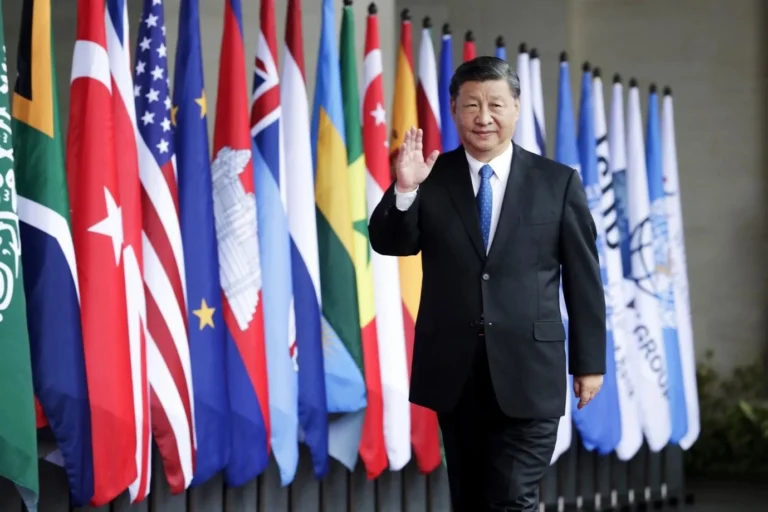China Tops Pakistan FDI with $120M Surge

China Tops Pakistan FDI with $120M Surge
The investment story of Pakistan has taken an interesting turn this fiscal year. In just the first two months, the country pulled in $364.3 million in foreign direct investment, and almost a third of that came from China.
This is $120 million in fresh inflows, according to the State Bank of Pakistan. For August alone, Chinese money made up nearly 44 percent of total FDI, which shows how central Beijing has become to Pakistan’s economic landscape.
Why China’s role matters?
China’s position at the top is not entirely new. The two countries have been tied together for years through the China Pakistan Economic Corridor (CPEC), part of Beijing’s wider Belt and Road Initiative. What feels notable now is the scale and consistency of the capital coming in, even when other global economies are slowing down, or foreign investors are more cautious.

Moreover, for Pakistan, this is not just about numbers on a balance sheet. China’s steady investments help cover some of the country’s biggest vulnerabilities, particularly in infrastructure and energy. It is also a signal to the wider world that if Beijing is still willing to bet big on Pakistan, others might see reasons to follow.
Where is the money going in Pakistan?
Energy remains the magnet. The power sector alone drew $156.9 million over these two months. It is no surprise, given Pakistan’s long and frustrating struggle with electricity shortages. Chinese backed projects whether coal, hydro, solar, or wind have been a lifeline in keeping the lights on, and factories running.
Outside energy, there is a healthy flow into financial services, electronics, and electrical machinery. Those may not grab headlines the way mega power plants do, but they tell you something about Pakistan’s evolving economy. Besides, the banking and fintech space, for example, is expanding fast as majority of young Pakistanis move towards digital payments and online financial services. Moreover, investment in electronics hints at a shift towards manufacturing and tech oriented industries, which could eventually diversify exports and create more jobs.

It is not just China
To be fair, China is not carrying all the weight. The UAE, UK, Switzerland, the US, and Hong Kong have also chipped in with investments. This diversity matters, because it shows Pakistan is not completely dependent on a single partner. Still, the scale of China’s share makes it the standout player by a wide margin.
The bigger picture
China’s putting in of $120 million is not just about returns on capital. It is a political, strategic, and long term endeavor. Besides, Pakistan’s geography makes it a critical piece of China’s connectivity plans, linking South Asia to Central Asia and the Middle East. Thus, investing in power plants, transport routes, and industrial zones is as much about Beijing securing trade corridors, as it is about Pakistan’s development.
For Pakistan, the upside is obvious. Beyond short term financial relief, these projects build capacity in areas that matter most. They include reliable power, improved infrastructure, and better access to technology. At the same time, there is a risk of leaning too heavily on one country. So, Pakistan must manage that balance, making the most of Chinese inflows, while keeping the door open for others.
What could hold things back?
Big numbers on investment do not automatically translate into broad based benefits. For ordinary Pakistanis to really feel the impact, the government needs to strengthen regulations, improve transparency, and make sure projects are not bogged down by inefficiency or politics. There is also the question of debt and long term financial sustainability, which critics of CPEC often raise.
And while China’s presence is strong, Pakistan cannot afford to stop courting investment from other regions. Over reliance makes the economy vulnerable, especially if Chinese priorities shift. Hence, a more diverse pool of investors would reduce that risk and add resilience.

Still, there is no denying the opportunity here. The country with one of the youngest populations in the world, untapped resources, and a geographic position that practically begs for trade and transit, Pakistan has the ingredients to be an investment hub. Therefore, if it can hold steady on reforms and political stability, the combination of Chinese capital and international interest could push the economy towards more sustainable growth.
China’s $120 million in just two months is not a small feat. It is a signal of confidence and a continuation of a partnership that has been in the making for decades.
For Pakistan, the challenge now is turning those inflows into real, broadbased progress that people feel in their daily lives. Thus, if that happens, this surge will not just be a headline figure. It could be the start of a more stable and diversified economic path.
The views and opinions expressed in this article are exclusively those of the author and do not reflect the official stance, policies, or perspectives of the Platform.











